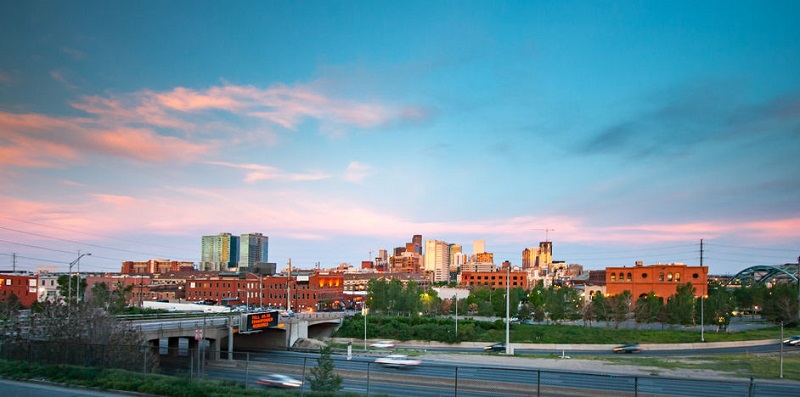The Vision Zero coalition has analyzed serious auto accidents in Denver from 2012 through 2015 in order to identify the best ways to make the roads safer.
City’s ‘Vision Zero’ Plan Aims to Hit Goal by 2030
If the city has its way, fatal auto accidents in Denver will be as rare 13 years from now as they were at the city’s founding in 1858: nonexistent. Zero. No deadly crashes of cars, pedestrians, trains, or trucks.
Whether that dream is realistic or pure fantasy, a coalition of city, community, and business entities began working toward that future recently when it unveiled preliminary plans for “Vision Zero.” The detailed but still preliminary plans aim to reduce road deaths to zero by 2030.
The plans will focus on high-risk routes by reducing speed limits, improving lighting, altering medians, and promoting a culture of safety among Denverites, the Denver Post’s Jesse Paul reported. Some money for traffic upgrades would be financed by a bond initiative that will go before voters in November.
Unsafe Streets Take Their Toll
More than 100 people have died in car accidents in Denver since January 2016, The Post reported. Vision Zero analyzed the accidents and located traffic accident hot spots that are in the greatest need of fixing. Federal Boulevard and Colfax Avenue are high on the list. This year, 10 people died on the boulevard, four of accidents involving pedestrians. It equates to a fatality rate that’s 20 times greater than the norm for Colorado city roadways, Denver’s director of transportation, Crissy Fanganello told The Post. That factor goes beyond what a city can tolerate, she said.
Starting With Specifics
And while officials acknowledge that there’s no magic fix for dangerous city streets, they told The Post they’re confident they have identified several strategies to reduce traffic deaths by protecting the most vulnerable people in traffic: pedestrians and bicyclists, who aren’t protected by the 2-ton steel cages that motorists travel in.
The Vision Zero plan spells out 70 tasks to make the city’s streets and roads safer within five years. Collecting better data about incidents and hazards will be key, as well as shaping city policies and planning to make the city as “friendly” to diverse traffic modes as it can be.
The Vision Zero Website highlights the plan’s key factors with interactive maps and includes a link to download the coalition’s action plan.
By Local People, for the Local Public
A multitude of local community organizations and government offices have been working on the plan for about two years, The Post said. Among them are WalkDenver, BikeDenver, Inter-Neighborhood Cooperation, and the mayor’s pedestrian and bicycle advisory committees. The program is garnering even more valuable support from the Colorado Department of Transportation and the survivors of Cole Sukle, a 14-year-old killed by a car in southeast Denver in 2016.
Mayor Michael Hancock said at an event to unveil the plan:
“All of Denver deserves safe streets. … Our community has stepped forward and has been very clear about the need to take action.”
An International Background
According to the city program, the Vision Zero concept was introduced in Sweden in the 1990s, when the country was facing similar hazards and carnage on its roads. Eventually, it cut its traffic fatalities by half and is one of the safest places on the planet.
A key tenet is acknowledging that human beings make mistakes, and therefore, governments should build transportation systems that minimize the consequences of those mistakes.

